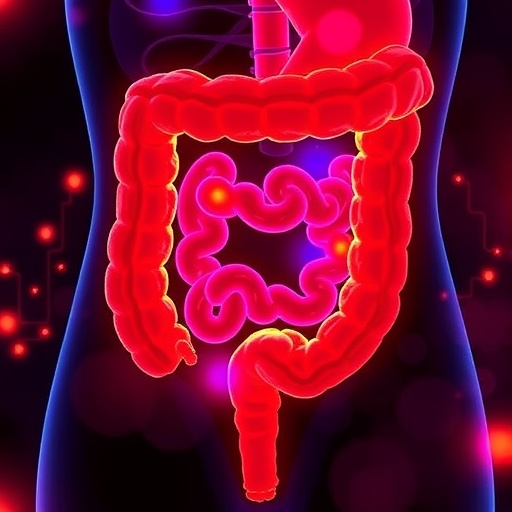First longitudinal study highlights positive responses to established catatonia therapies

Credit: MU News Bureau
COLUMBIA, Mo. – Down syndrome, due to an extra chromosome 21, occurs in 250,000 children and adults in the United States, making it the country’s most common chromosomal disorder. Inherited heart defects, thyroid cancer, celiac disease and developmental disabilities are common Down syndrome complications. Only recently has catatonia, a behavioral condition marked by new onset immobility, mutism, withdrawal and other behavioral abnormalities, been recognized in Down syndrome.
While considerable research has been done on Down syndrome, little is known about associated catatonia. Now, researchers at the University of Missouri have conducted the first longitudinal study of consecutively diagnosed individuals with catatonia in order to identify the most effective treatments and outcomes.
Judith Miles, professor emerita of child health-genetics in the MU Thompson Center for Autism and Neurodevelopmental Disorders, thoroughly assessed seven adolescents with Down syndrome and diagnosed with catatonia between 2013 and 2018.
“As this was the first well-studied group of patients with Down syndrome who developed catatonia, we collected a comprehensive data set of medical, developmental, demographic, family, social and genetic information,” Miles said. “By involving the patients’ families throughout the process, we were able to monitor progress over time in a patient-centered way.”
Miles found catatonia in young people with Down syndrome, for the most part, resembles catatonia complicating other psychiatric and medical disorders. Lorazepam, a sedative drug that helps restore the balance of neurotransmitters in the brain, and electroconvulsive therapy, which involves a brief electrical stimulation of the brain while the patient is under anesthesia, both resulted in reduced behavioral symptoms over time. The research highlights the importance of sustained treatment to help patients with Down syndrome and catatonia maintain recovery long-term.
“This research can help families, physicians and psychiatrists who take care of kids with catatonia,” Miles said. “Our main goal is to enhance medical services and treatment options in order to ultimately improve health outcomes.”
###
The study “Catatonia in Down syndrome: systematic approach to diagnosis, treatment and outcome assessment based on a case series of seven patients” was recently published in Neuropsychiatric Disease and Treatment.
Media Contact
Brian Consiglio
[email protected]
573-882-9144
Original Source
https:/
Related Journal Article
http://dx.




